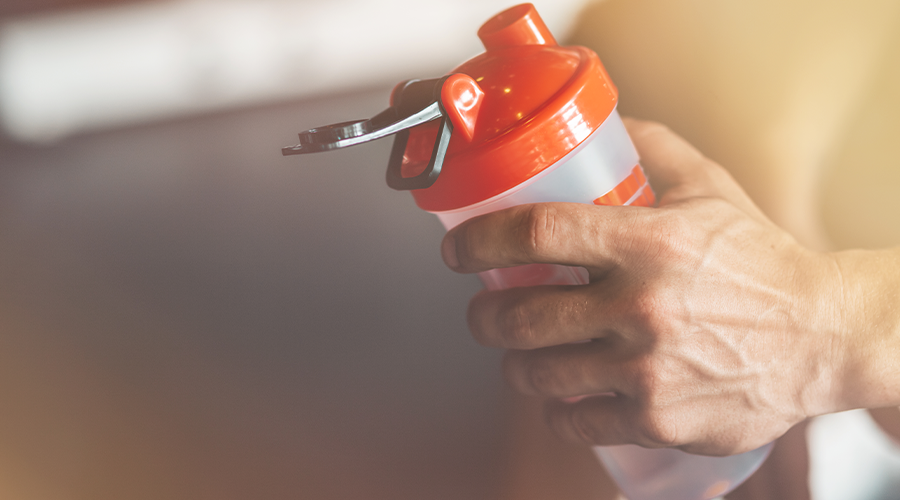Understanding the Glycemic Index and Its Impact on Energy Levels
7 November 2025
Hello Ziddis! Have you heard of the term glycemic index? GI, aka glycemic index, is the measure of how quickly the carbs in your food can raise blood sugar levels after eating. Foods are ranked on a scale of 0 to 100 to understand this. The higher the number, the faster your blood sugar spikes. Why is this something you must consider? Because blood sugar levels play a significant role in your fitness journey. By monitoring it, you can maintain stable hormones and energy levels.
Glycemic Index Chart
Foods having a low glycemic index can help keep your blood sugar levels from spiking suddenly, while it is the opposite for foods with a high glycemic index.
| glycemic index Range | Category | Examples | Reaction on the body |
| 0–55 | Low glycemic index | Lentils, chickpeas, apples, yoghurt, oats | Release energy slowly, keeping you fuller for longer. |
| 56–69 | Medium glycemic index | Brown rice, whole wheat bread, sweet potatoes | Provide more stable energy. |
| 70+ | High glycemic index | White bread, cornflakes, potatoes, watermelon | Cause quick energy bursts followed by crashes. |
Low glycemic index foods release glucose gradually into the bloodstream. This helps in avoiding energy spikes and dips. High glycemic index foods lead to sugar spikes and crashes, which can leave you tired or hungry sooner. If you want to manage your appetite, reduce cravings and improve your fat metabolism, you must have low glycemic index foods in your diet. This lifestyle is ideal for both athletes and those aiming for steady energy throughout the day.

Glycemic Index Rating of Fruits
Glycemic index Rating is the most valid measure of understanding which fruit is right for you. Fruits vary widely in their glycemic impact:
- Low glycemic index (under 55): Apples, pears, cherries, oranges, plums
- Medium glycemic index (56–69): Pineapple, mango, papaya
- High glycemic index (70+): Watermelon, ripe banana
Choosing fruits with a lower glycemic index can help maintain energy balance and prevent overeating, especially when consumed as snacks between meals.
Glycemic Index Food List
- Low glycemic index Foods: Oats, quinoa, lentils, beans, non-starchy vegetables, apples, yoghurt
- Medium glycemic index Foods: Sweet corn, brown rice, couscous, whole wheat pasta, pineapple
- High glycemic index Foods: White rice, mashed potatoes, cornflakes, cakes, sugary drinks
Having a variety of food with different glycemic indices allows you to get the best on the plate. Energy, muscle recovery and satiety are optimised via this method. Combining foods with a high glycemic index with proteins, fats, or fibre can lower their overall impact on blood sugar.
Read More: The Importance of Zinc for Immune Support and Recovery
Takeaway
The glycemic index isn’t just about carbs; it’s about how your body uses energy.
- For steady energy and weight management, choose more low to medium-glycemic index foods.
- For post-workout recovery, a high-glycemic index carb may be beneficial to replenish glycogen quickly.
- Preworkout, BCAA or protein powder combined with a high-glycemic index food can act as an energy booster.
Understanding glycemic index helps you eat smarter, sustain your energy, and control hunger; one meal at a time.









 100% Safe & Secure payments:
100% Safe & Secure payments:




